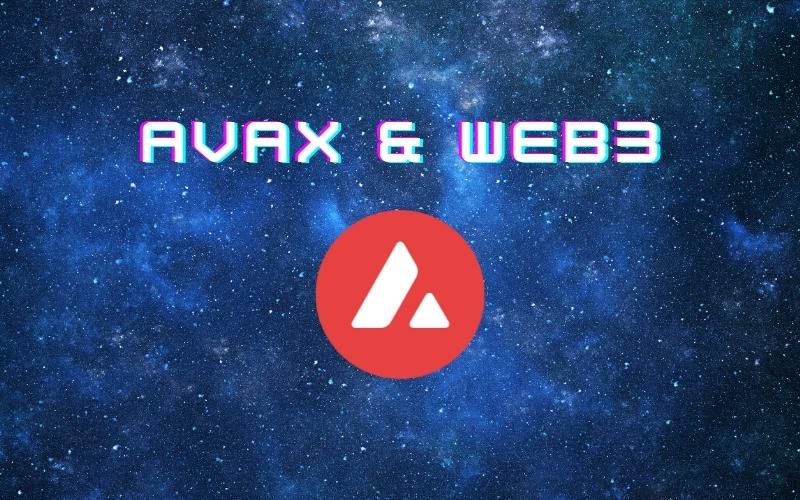- Subnets may be a solution for games reaching a certain threshold of daily active users.
- Castle Crush showcases the need to bring Web2 gamers to Web3.
- Web3 adoption may take a long time, especially when onboarding traditional gamers.
TimeShuffle reached out to the community with a recent fireside chat on Twitter Spaces. The objective was to outline the best approach to growing Web3 in terms of growth and bringing new users.
Ed Chang, Head of Gaming at Ava Labs spelled out some of the challenges to growing the Avalanche ecosystem. There is no one right approach for all startups, and Ava Labs is working closely with each game to estimate the need for using any available blockchain and validation technologies.
Case in Point: Castle Crush and Mass Adoption
Castle Crush presented its approach to using Avalanche from the point of view of an already wildly popular game. Blockchain games are still far from the phenomenal milestones of bringing and retaining 100M game accounts and reaching billions of users.
Yet Castle Crush has chosen Avalanche for its Web3 expansion, showing one of the potential paths for mass outreach. Games with an established freemium model may decide to add a blockchain layer and use some of the Avalanche tools with tokenomics tailored to their needs.
Subnets: Is This the Solution for All Games
Subnets may be a solution for some games, once they reach a threshold of activity. Nikhil Chaturvedi, Head of Business Development at Ava Labs explained that launching a subnet is not always necessary.
Avalanche offers the path of launching the game on C-Chain, then migrating to a subnet when it makes sense. Crabada was one of the games to pass a threshold of active daily users where a subnet made sense.
Many projects are currently using subnet technology as a testnet, explained Chaturvedi. The reason for this is the requirement to stake 2K AVAX to verify a subnet. Yet many projects may graduate to full subnets once they pass other growth milestones, and Avalanche experts expect up to 100 subnets by the end of 2022.
What is the Future of Web3
Tihomir Tomov, CEO and Co-Founder of RocketPlays, explained that the future of Web3 may lie in onboarding Web2 users. Mass adoption for blockchain games may not come fast, but as with freemium may take up to 15 years and success will be discovered by iteration, warned Tomov.
The more non-crypto people go into Web3 and bring their experience from Web2, the more this will help move the adoption process, said Konstantin Dinev, CEO and co-founder of TimeShuffle. Dinev recalled the early days of Web2 when multiple platforms required separate login credentials. Currently crypto is the same, with most projects requiring new accounts. A unified identity may be key to Web3 adoption, Dinev said.
Alessandro Rosa spoke on behalf of Castle Crush and stated that the lack of a unified identity is a challenge for Web3. Unlike Web2, where advertisements could be targeted, Web3 will need some form of unified identity to reach users.
Ed Chang wrapped up the discussion by mentioning there is no unified path, but each game and Web3 project can pick from a mix of launchpads, NFT markets, DeFi and tokenomics to build the right mix. Avalanche can help with multiple tools, but each game must discover its goals and needs, Chang said.










